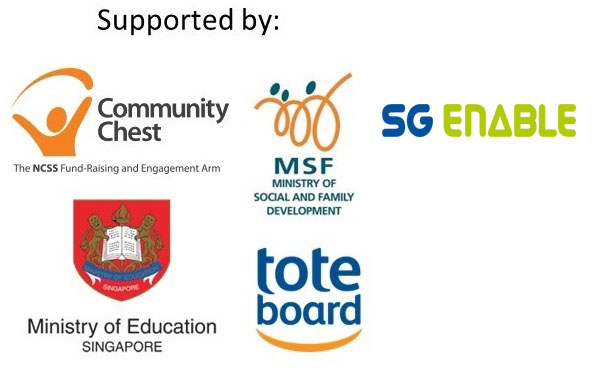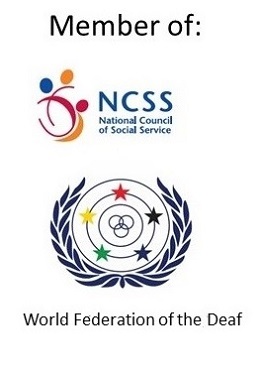
DEAF COMMUNITY
A community is a social unit with common traits. The Deaf community is made up of Deaf people who adopt the Deaf culture and signed languages as part of their identity. Hearing persons – who embrace Deaf culture and use sign language – may also be accepted by Deaf people as peripheral members of the Deaf community.
DEAF CULTURE
Culture consists of languages, customs, beliefs, rules, arts, knowledge, and collective identities and memories developed by members of all social groups that make their social environments meaningful.
Padden and Humphreys (2005) defines culture as a set of learned behaviours of a group of people that share the following:
LANGUAGE
Signed languages are central to Deaf culture and community, which gives them a sense of belonging, binding them as a cohesive whole. In Singapore, the signed language used by the Deaf community is Singapore Sign Language (SgSL).
VALUES
The most important values in Deaf culture are the acknowledgement of the importance of sign language to the Deaf community and self-acceptance of one’s deafness as a personal trait rather than a disability or deficiency.
RULES OF BEHAVIOUR
As a group of like-minded individuals, deaf people have certain learnt or adopted behaviours that are distinct from the other communities. The following are examples of these behaviours:
- Standing when addressing a large group so that their signs can be clearly seen by all present
- Maintaining eye contact; avoiding eye contact can be seen as rude
TRADITIONS
The Deaf communities have their own traditions like other cultural communities. These traditions include:
- Introductions can be lengthy when Deaf people meet for the first time. Since the community is small, there is a high possibility for common connections such as generations of Deaf family members, schools attended, and associations with organisations or groups.
- Names signs represents the person and signifies that the person has been accepted by the members of the Deaf community.
- Celebrating the International Week and Day of Deaf people allows Deaf people to celebrate the achievements and observe the shared experiences of Deaf people all over the world.
DID YOU KNOW? Deaf Culture is recognised under Article 30, paragraph 4, of the United Nations Convention on the Rights of Persons with Disabilities (Convention on the Rights of Persons with Disabilities) . This convention has been signed and ratified by the Singapore government.
How do Deaf and Hard-of-hearing people communicate?
For Deaf people, barriers to access are rarely about physical obstacles. The most common challenge faced by the Deaf is the lack of access to information. Information is often conveyed through verbal or auditory methods via direct interaction with people who do not use sign language or audio systems.
People who are Deaf or hard of hearing should have the right to information in accessible formats across all forms of media. With full and equal access to information, they will then be able to make informed decisions.
Communication Aids
- Sign Language Interpreters
- Note-takers
Assistive Devices
- Hearing aids
- Cochlear implants
Information Aids
- Visual or textual announcements
- Visual fire & door alarms


 '
'